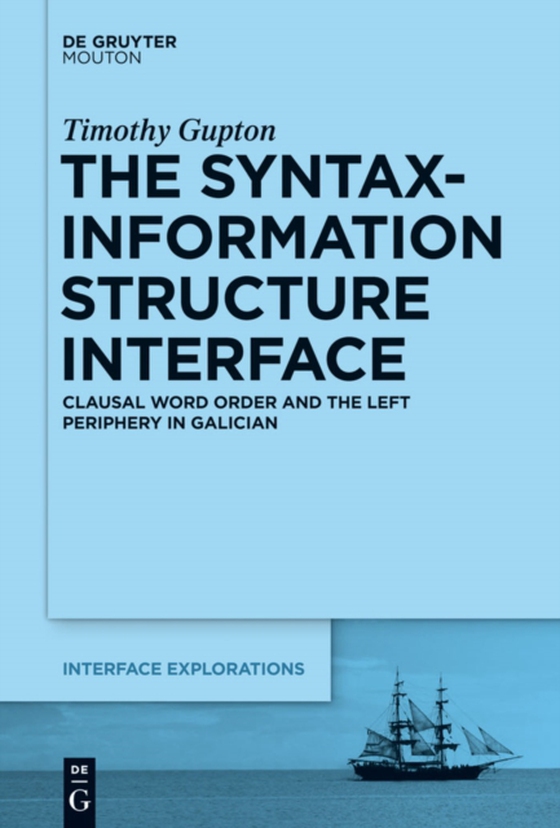
Syntax-Information Structure Interface e-bog
948,41 DKK
(inkl. moms 1185,51 DKK)
It is quite remarkable that, after over a half-century of research in generative grammar, there is still uncertainty and debate surrounding the analysis of preverbal subjects in a number of null-subject languages. The implications of this debate are far-reaching for generative theory: if preverbal subjects are analyzed as non-arguments, it calls into question the proposed universality of t...
E-bog
948,41 DKK
Forlag
De Gruyter Mouton
Udgivet
24 oktober 2014
Længde
308 sider
Genrer
Grammar, syntax and morphology
Sprog
English
Format
pdf
Beskyttelse
LCP
ISBN
9781614512059
It is quite remarkable that, after over a half-century of research in generative grammar, there is still uncertainty and debate surrounding the analysis of preverbal subjects in a number of null-subject languages. The implications of this debate are far-reaching for generative theory: if preverbal subjects are analyzed as non-arguments, it calls into question the proposed universality of the EPP (as in e.g. Alexiadou & Anagnostopoulou 1998), as well as its associated features and feature-strengths. Galician, spoken in the northwest of Spain, is an under-documented Romance language within the generative paradigm. In this book, the author details an experimental program for establishing clausal word order appropriateness and preferences in a variety of information structure contexts, while informing theoretical debate on preverbal subjects. The experimental methodology and information structure assumptions employed create several testable predictions. The statistical data suggest that Galician is a predominantly SVO language and that preverbal subjects behave like canonical subjects, and not CLLD constituents. The empirical data discussed inform the modified model of the preverbal field that the author proposes for Galician, which takes into account a number of recent analyses of Western Iberian Romance clausal phenomena such as the enclisis-proclisis divide, topicalization, focalization, and recomplementation.
 Dansk
Dansk

